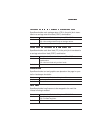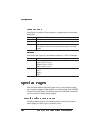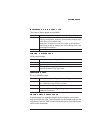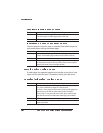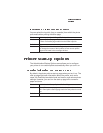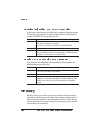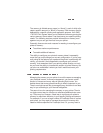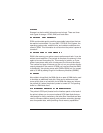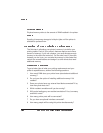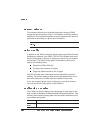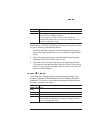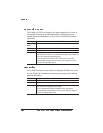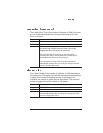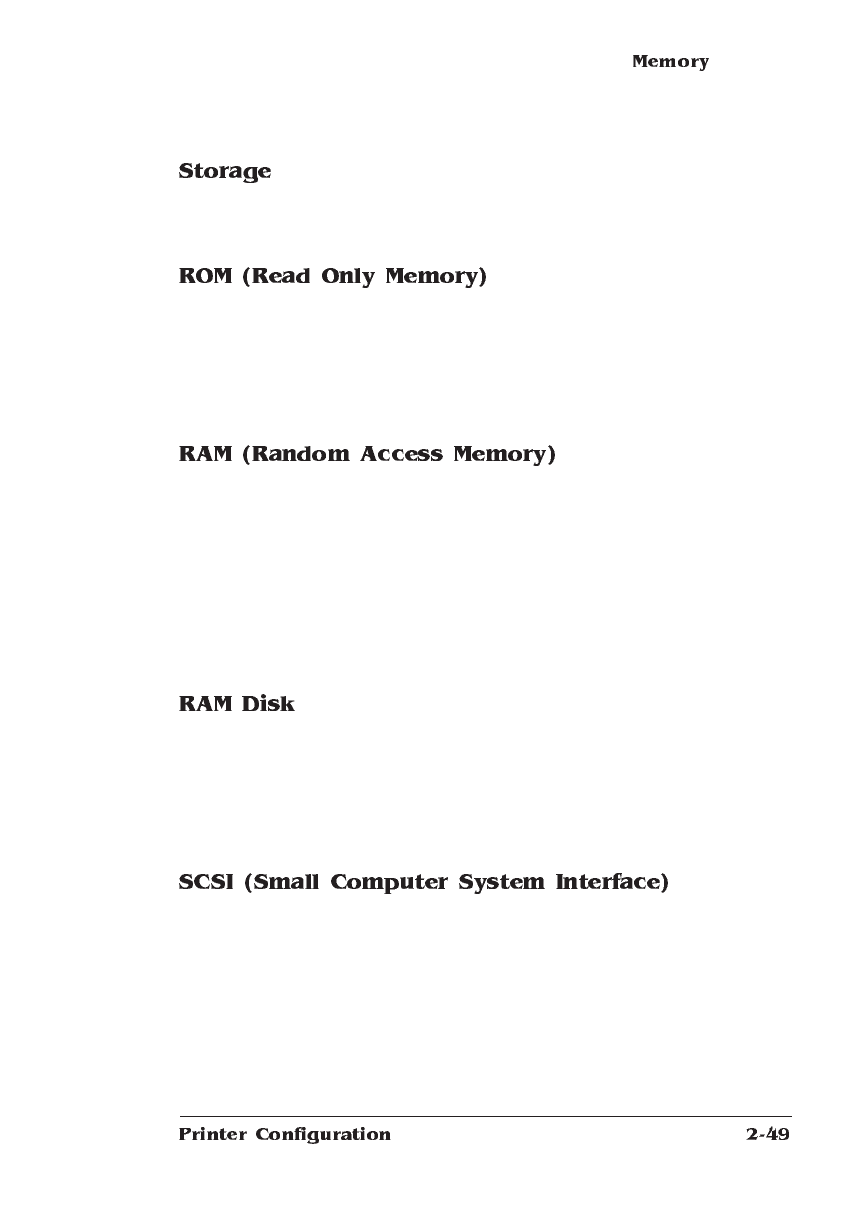
Storage is a device which information can be kept. There are three
main types of storage—ROM, RAM, and hard disks.
ROM contains data and/or machine-executable instructions that can
be read but not modified. On your QMS 1725 SLS Print System, the
operating system code, resident fonts, and resident emulations are
stored in ROM. This information is not lost when the printer’s power is
turned off.
RAM is the memory your printer uses to perform each task. It can be
written to and read from. Once a task is complete, the memory is free
again to be used for another file. This memory is volatile, so if your
printer loses power while a file is being sent, the file must be resent.
The number and type of features you can run on your printer simulta-
neously depend on the amount of RAM you have and how that RAM
is distributed. Your printer comes with 13MB of RAM, but it is upgrad-
able to 32 MB by adding Single In-line Memory Modules (SIMMs).
Also called a virtual disk, the RAM disk is an area of RAM that is used
to simulate an additional hard disk. Data can be written and read
more quickly than on a hard disk, but a RAM disk loses any informa-
tion stored on it when the printer’s power is turned off. The spooling
buffer is a RAM disk client.
The printer’s SCSI port (located on the interface panel on the back of
the printer) allows you to connect optional SCSI hard disks that pro-
vide storage for fonts, emulations, and other files. Hard disks are also
used to increase collation capacity and provide a secondary storage
area for spooled data, while providing virtual memory capabilities.



